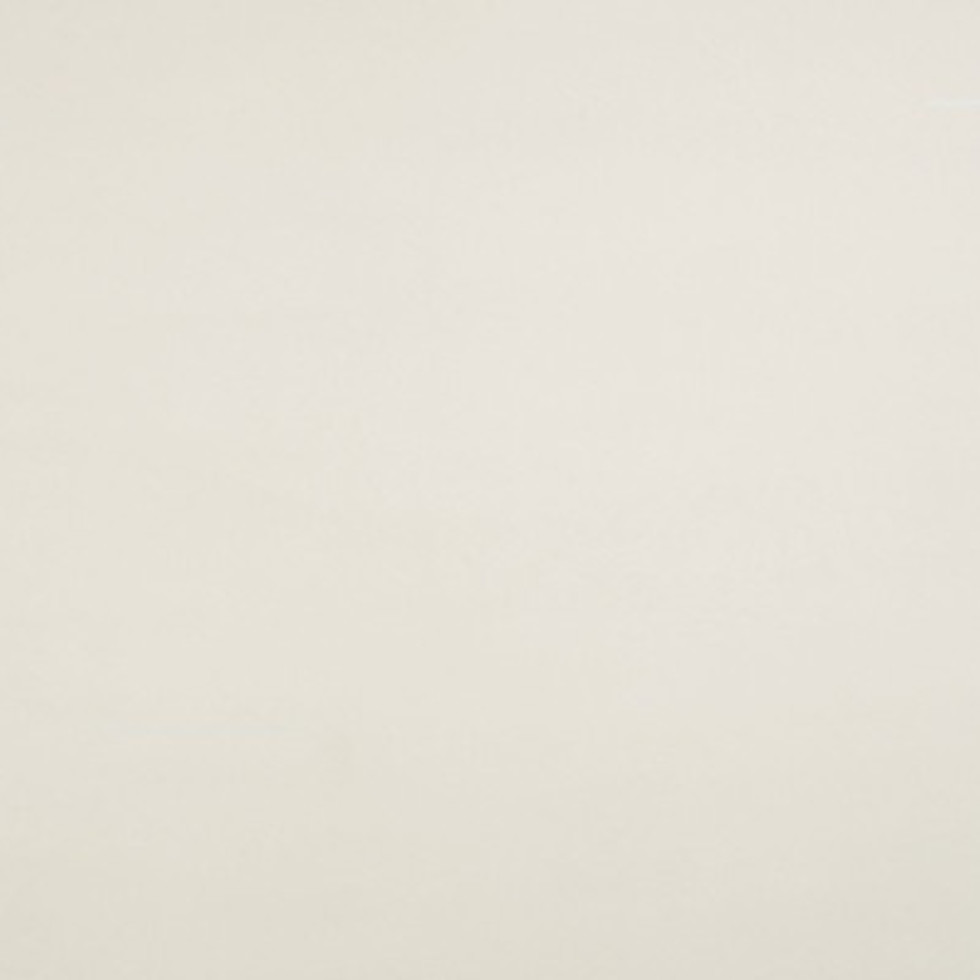Yves Gaucher
 Music and poetry had more influence on me than painting. Especially the music of Webern. I wanted to do in engraving what he had done in music: elaborate a visual rhythm with counter rhythms created by the striking effect of colour.
Yves Gaucher
Music and poetry had more influence on me than painting. Especially the music of Webern. I wanted to do in engraving what he had done in music: elaborate a visual rhythm with counter rhythms created by the striking effect of colour.
Yves Gaucher
Yves Gaucher is one of the foremost Canadian artists of the post-World War II period. In the 1960s, Gaucher and his colleagues, known as the "Plasticiens", used "razor" hard edges, geometric shapes and carefully selected colours, to create works of art that explored foundational aspects of painting. Gaucher's paintings give particular priority to viewer experience. The body of work he produced is probably best described as experiential and transcendental. He is one of a select group of Canadian artists to receive international representation in the 1960s. Gaucher was represented in New York by Martha Jackson Gallery, a gallery which also exhibited luminaries like Sam Francis, Barbara Hepworth, Morris Louis and Paul-Emile Borduas. Gaucher's paintings were exhibited at the Museum of Modern Art (MoMA) in New York and the Victoria and Albert Museum in London, in addition to being in the permanent collections of the National Gallery of Canada and other Canadian museums.
Originally known as a printmaker, Yves Gaucher enjoyed early success. He attended l’École des beaux-arts in Montreal from 1954 to 1956, and a year later returned to study printmaking under Albert Dumouchel. He won prizes in international print exhibitions before his acclaim as a painter. In 1957, Gaucher had his first solo exhibition at Galerie l’échange in Montreal. In 1960, he founded l’Associations des Peintures-Gravures de Montréal (Association of Painters and Engravers of Montreal).
In 1962, Gaucher became fascinated with the music of Anton Webern, which inspired him to pay tribute to the composer and a series of now famous prints, “En Hommage à Webern".
In the early 1960s, Gaucher rediscovered modern painters such as Barnett Newman and Mark Rothko, which precipitated his move away from print making and back to painting. Two events, in particular, influenced Gaucher’s career and culminated in his emergence as the Plasticien painter that he known as today. The first was his visit to a Mark Rothko retrospective at the MoMA, which left him deeply stirred. During a trip to Paris around that same time, in 1962, Gaucher also realized that he was more of a French-speaking North American than French and his work more closely resembled contemporary New York art than European art.
As a result of these discoveries, Gaucher began dedicating his time exclusively to painting. In 1964 and 1965, he created his first important paintings, the “Danses carrées” (Square Dance) paintings. These are typically defined by a square canvas, rotated 45 degrees. In this series and those immediately following, Gaucher employed his trademark “signals”, horizontal lines, squares and gashes applied on a consistent ground, colours carefully selected, with the intention of making the eye move from one point to another, but with their energy still contained within the picture. Critic Françoise de Repentigny astutely described how Gaucher ‘communicates with a transcendental art, the result of an ascetic process…(The Plasticiens and Beyond, p. 87).
In December, 1967, Gaucher began his "grey on grey" paintings. These paintings have been described as "one of the stellar achievements of Canadian painting (or international painting, for that matter)." (Campbell p. 57). Their near-noiselessness - the consistency of their neutral grey grounds and the ever so delicate nuances in colour and line, make them immediately conspicuous and intriguing. One is continuously pulled back and forth between a braoder view of the paiting and back to or between the positive elements within the painting. J.D. Campbell describes the grey on grey paintings as a "living entity", born of what at first glance might seem like simple grey canvases. They “seduce not only the eye but the imagination as well” (Capmbell p. 58, 61). Reviewing an exhibition of three grey on grey canvases at the 1968 Edinburgh Festival, British curator and art critic Bryan Robertson described them as "possibly the most beautiful and original - and awe inspiring - paintings I've seen since the advent of Pollock and Rothko" (Reid, p 263). Gaucher painted about 60 grey on grey paintings between late 1967 and 1969.
Gaucher then moved on to explore mathematical and spatial relationships in the colour band paintings of the 1970s. These works are defined by broad horizontal stripes of colours. The Dark Paintings of 1980s and a period of Pale Paintings followed, representing a renewal in Gaucher's work.
Gaucher taught at Concordia University at the end of his artistic career and was appointed to the Order of Canada.
References:
1. James D. Campbell, “The Asymmetric Vision: Philosophical Intuition and Original Experience in the Art of Yves Gaucher”, Mackenzie Art Gallery: Regina, 1989.
2. Roald Nasgaard and Michel Martin, “The Plasticiens and Beyond: Montreal, 1955-1970”, Varley Art Gallery of Markham and Musée National des Beaux-arts du Québec.
3. National Gallery of Canada, Yves Gaucher, retrieved from http://www.gallery.ca/en/see/collections/artist.php?iartistid=1967
4. The Canadian Encyclopedia, Yves Gaucher retrieved from http://
www.thecanadianencyclopedia.ca/en/article/yves-gaucher/
5. Roald Nasgaard, “Abstract Painting in Canada”, Douglas & McIntyre: Art Gallery of Nova Scotia,
2007.





